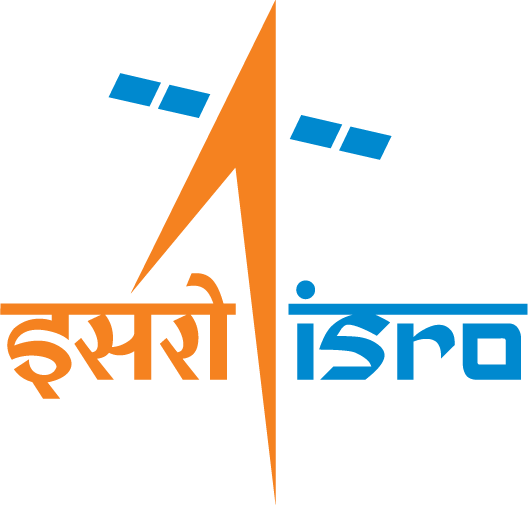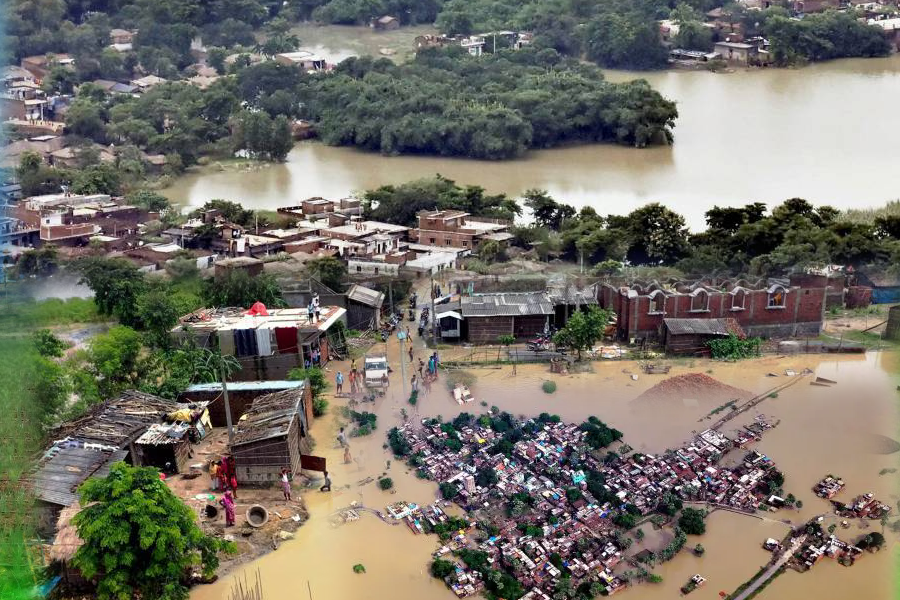The Data Science Journey: Transforming Insights into Action
In our rapidly evolving world, data is the new power of growth and development. It holds the power to reveal insights and transform the industries, scientific studies, education sectors and so on. Data Science is a multidisciplinary approach which is an intersection of three disciplines i.e. computer science, mathematics, and thematic domains such as agriculture, urban planning, insurance sector, healthcare Continue Reading »







